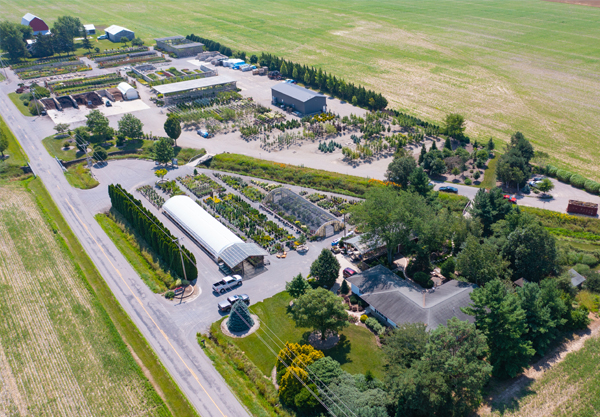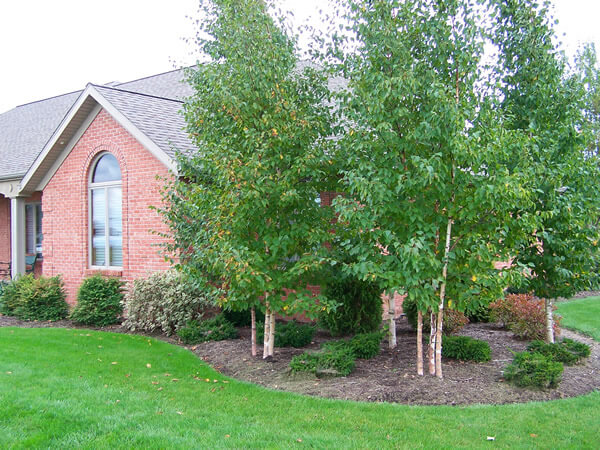Hello!
Welcome to Beining Nursery & Landscaping LLC, a family owned tradition proud to be serving our community since 1990! We are dedicated to “helping you get as much enjoyment from the outside of your home, as you get from the inside.”
Over 7 acres of the finest nursery plants! Located just 4 miles north of Ottoville, Ohio, off State Route 66 on County Road N. Let one of our talented designers assist you in developing the “outdoor oasis” you’ve always imagined.


Retail Nursery
Trees, shrubs, evergreens, annuals, perennials, vines, vegetables, & plant care products.
Bulk Mulch, Stone & Topsoil
Mulches, topsoil, boulders & outcrops, flagstone & patio block, landscape stone, peat moss & wall stone
Landscaping & Design
Most things that we buy begin to decrease in value as soon as they’re purchased, but the value of a well designed landscape only increases in time.
Landscaping is our passion. What started as a hobby has become our business and we still love it today. Most things that we buy begin to decrease in value as soon as they’re purchased, but the value of a well designed landscape only increases in time. With proper maintenance, a good landscape can last almost indefinitely.


What Makes Us Special
Whether you’re here on a mission or just spending a lazy afternoon strolling through the nursery, you’ll discover an incredible selection of those unusual and hard-to-find plant varieties that only Beining Nursery has to offer.
Unlike most garden centers that purchase all their trees, shrubs, evergreens, and perennials from large nursery growers, at Beining Nursery, many of our plants have been grown right here.
Phone
Tel: (419) 453-3438
Fax: (419) 453-3439
Hours
Our Regular Nursery Hours During Daylight Savings Time are:
Mon-Fri 9 a.m. – 6 p.m.
Sat. 9 a.m. – 4 p.m.
Sundays in May & June only
Noon - 4 p.m.
Our Regular Nursery Hours During Standard Time are:
Mon-Fri 9 a.m. – Dark
Sat. 9 a.m. – 4 p.m.
It's best to call before stopping out during the winter to make sure we are here to serve you.
